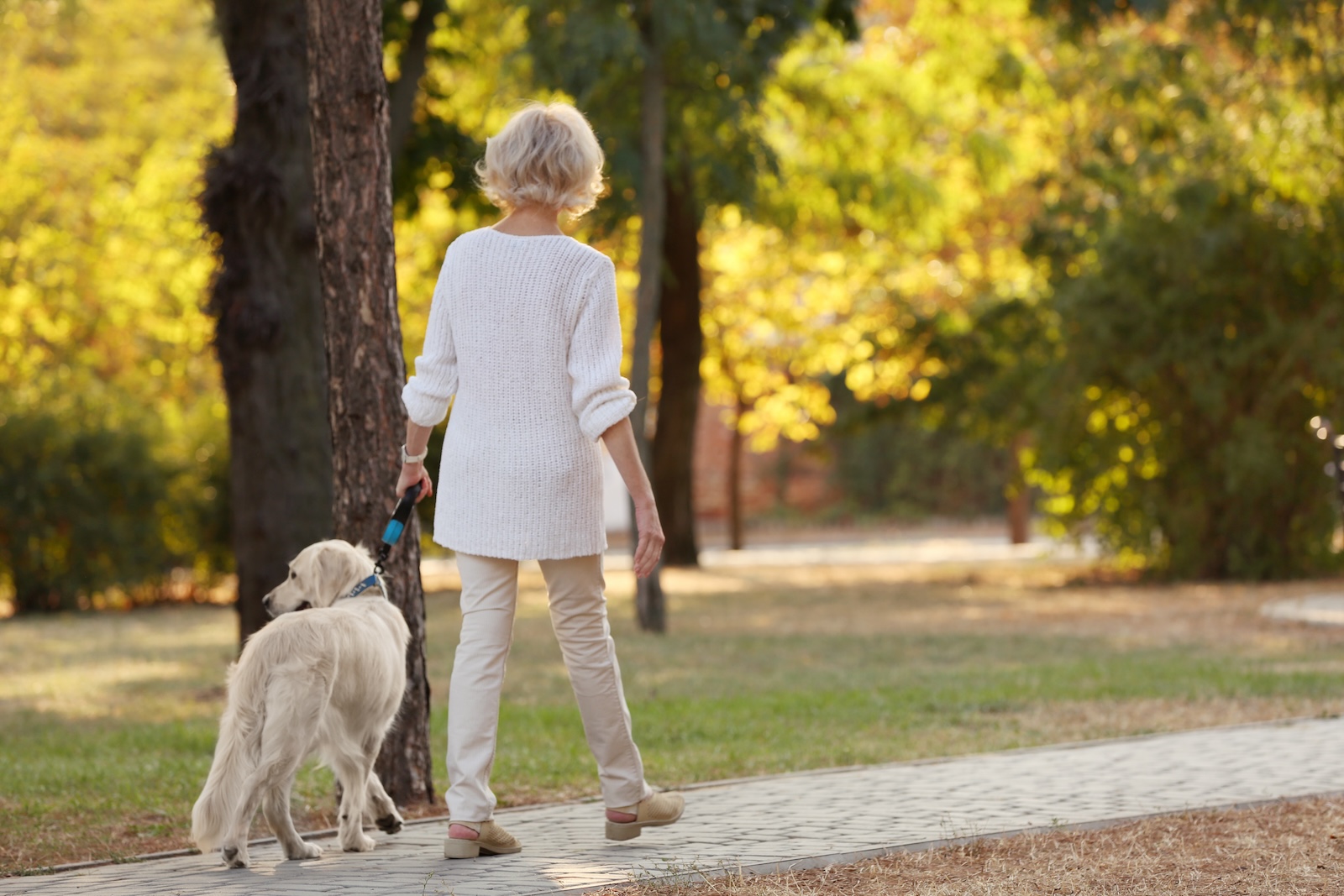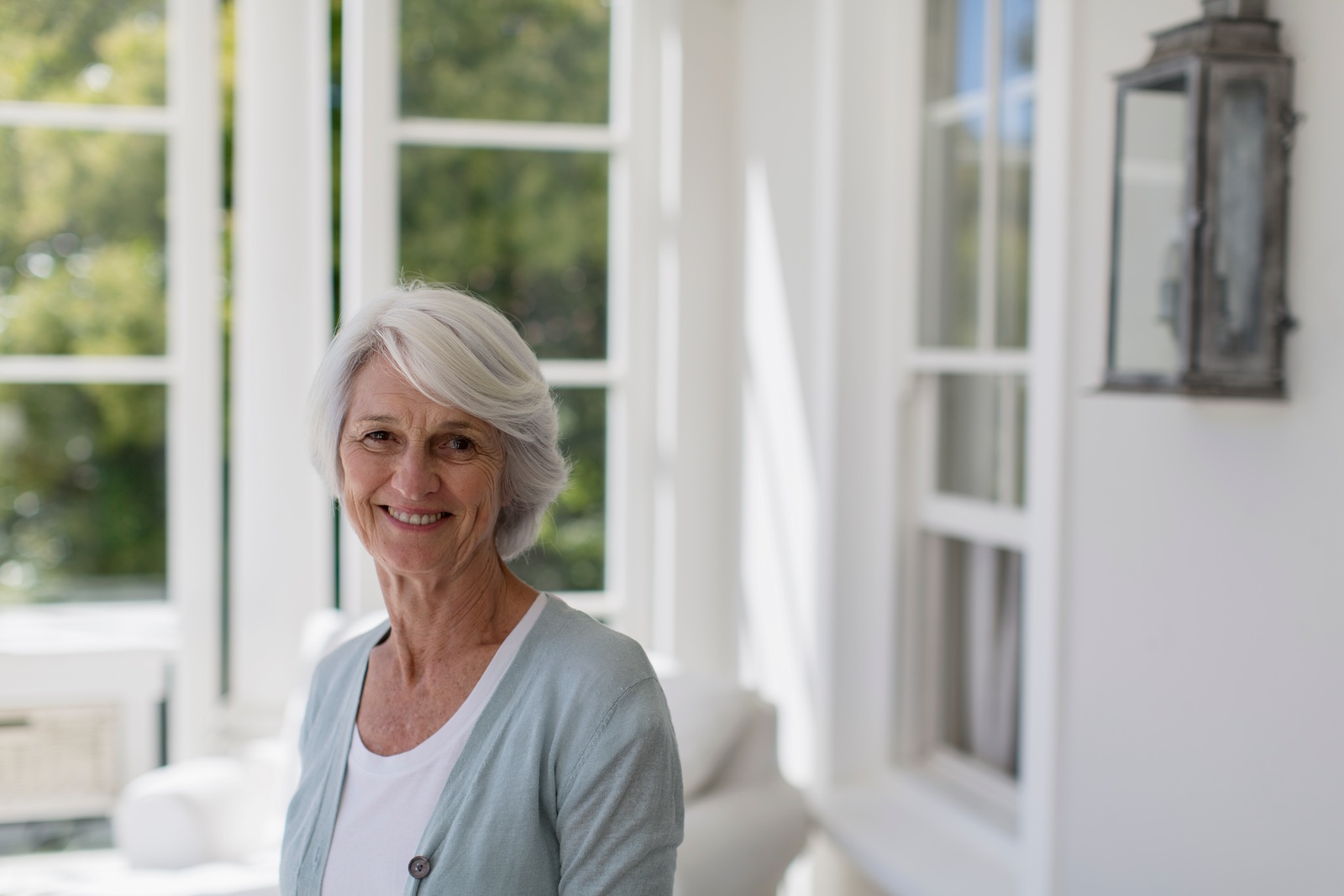As individuals age, maintaining a healthy circadian rhythm becomes increasingly crucial for overall well-being, particularly in sleep. Emerging research underscores the pivotal role of natural light exposure in synchronizing seniors’ circadian rhythms, promoting wakefulness during the day and deeper, more restorative sleep at night. In this article, we will explore three effective methods through which seniors can harness the power of natural light, along with examples of how increased exposure has positively impacted the sleep quality of older individuals.
Getting Outdoors in the Morning
Engaging in morning strolls or outdoor activities is a powerful strategy to enhance seniors’ exposure to natural light. A study published in the Journal of Clinical Sleep Medicine revealed that seniors who spent more time outdoors in the morning experienced improved sleep efficiency and reported decreased sleep disturbances. Incorporating a daily routine of a 30-minute morning walk to enjoy the sunlight helps regulate the circadian rhythm. It stimulates vitamin D production, further contributing to overall health and well-being. By making morning outdoor activities a routine, seniors can set the stage for a more robust circadian rhythm, leading to deeper and more rejuvenating sleep.


Using Strategic Indoor Lighting
Engaging in outdoor activities may not always be feasible, especially in certain weather conditions or for seniors with mobility challenges. In that case, optimizing indoor lighting becomes essential. Investing in light fixtures that mimic natural sunlight or using full-spectrum light bulbs can simulate the benefits of outdoor light exposure. Research from the Sleep Research Society suggests that seniors exposed to bright indoor light in the morning experienced improved sleep quality and daytime alertness.
For example, a senior living in a climate with harsh winters may install a full-spectrum lightbox in their living space, strategically using it in the morning to simulate the effects of natural sunlight. This method not only aids in regulating circadian rhythms but also addresses the limitations that outdoor exposure may present, ensuring a more consistent and effective approach to improving sleep.
Keep your face always toward the sunshine— and shadows will fall behind you. – Walt Whitman
Being In Sunlit Relaxation Spaces
Designating sunlit relaxation spaces within living environments can create a serene atmosphere conducive to natural light exposure and relaxation. A study by the American Academy of Sleep Medicine found that seniors who spent time in well-lit, sunlit spaces during the day experienced improvements in their sleep-wake cycle and reported a reduction in insomnia symptoms.
Consider an assisted living facility that incorporates sunlit lounges or common areas where seniors can spend time during daylight hours. The intentional design of these spaces fosters a sense of well-being. It provides seniors with ample opportunities for natural light exposure, promoting a healthier circadian rhythm and facilitating deeper sleep.
Take Away
A good night’s sleep can improve everyone’s health and quality of life. But especially for seniors, embracing the benefits of natural light exposure through morning strolls, strategic indoor lighting, or sunlit relaxation spaces can significantly impact how vital they feel; try these different ways to optimize circadian rhythms and achieve deeper, more restorative sleep.

